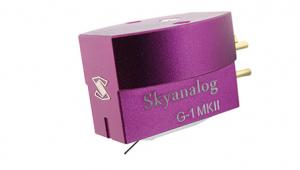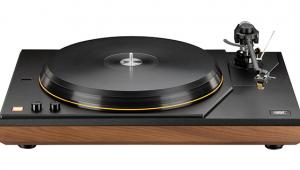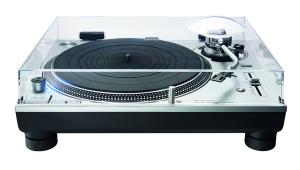Dual CS 5000 Turntable Page 2
As for the bottom end, bass was not only smooth but detailed and comfortably extended. Consequently, bass guitars and synth bass lines were easy to follow and the deck ensured that they underpinned performances with precision. For example, the rhythm section backing Greg Gonzales on Cigarettes After Sex's 'K' from the group's eponymous debut LP [Partisan Records PTKF2146-1] were languid and fulsome, the deck expertly capturing the intimate nature of the track.
Where the CS 5000 did falter ever so slightly was when it came to absolute bass weight. While its basic levels of solidity were good, occasionally a really deep, impactful drum strike would find itself a little more reticent than usual. Equally, the seismic bass notes on Jazzanova's 'Takes You Back' from their In Between album [JCR Records JCR025-1] sounded rather more polite than I would have liked.
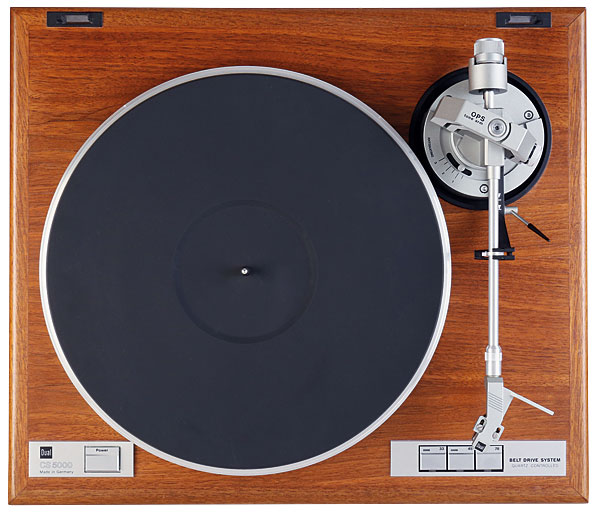
At the top end, the CS 5000 picked up on the nature of the OMB 20 E cartridge to ensure all was sweet and well defined, yet with a good level of detail. While not the last word in crisp definition, at no time did cymbals or other percussion sound cloudy or indistinct on this deck.
However, the real ace up the CS 5000's sleeve is across the midband. Here the turntable offers a capacious swathe of sound between the loudspeakers and even makes a concerted stab at generating a proper sense of depth. Again, though, that slightly over-smooth character in the treble extended down the frequency range and meant that instrument placement wasn't quite as pin-sharp as it could be.
Many people might assume that it's best to stick with a cartridge like one in the featherweight OM series due to the tonearm's low mass. This is not the case, and breaking out the Smith toolbox to fit an Audio-Technica AT-VM95ML proved to be something of a revelation.
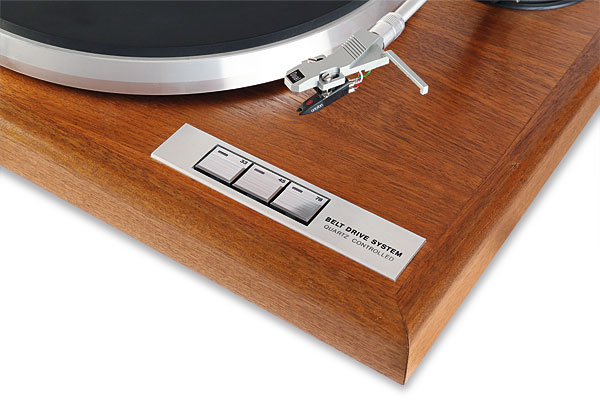
Top Gear
While the relaxed but detailed nature of the deck remained intact, the modern Audio-Technica cartridge kicked things up a gear. The treble gained a useful level of insight and clarity, but the biggest change was that the slightly diffuse image placement across the midband snapped into fine focus. The atmosphere of the Royal Albert Hall was very well represented on 'Can't Find My Way Home' from Eric Clapton's 24 Nights: Orchestral triple LP [Reprise Records 093624866411]. The performers were now properly defined with a good amount of space between them.
At the low end, meanwhile, 'Lavender Haze' from Taylor Swift's 2022 studio album Midnights [Republic Records 2445789825] had plenty of weight to it and, again, the underlying pace and depth of the song was excellent – even if the punch from the very strongest synth notes still fell a little short of the best.

Ultimately, compared to its natural competitor of the time, the Rega Planar 3, a similar vintage example of the latter would indeed win on a few aspects of the sound. Crisper treble and more impact at the bottom end would be the obvious ones. However to these ears, Rega decks of this era tended to have a somewhat 'grey' tonality that never really went away until the models from the early to mid-2000s. The Dual CS 5000 is a far more communicative musical companion that properly draws you into the music. Even if its presentation is slightly 'soft-focus' compared to the Planar 3, that sense of engagement is more than enough to make it one of my favourite early '80s budget designs.
Buying Secondhand
Dual CS 5000s are plentiful and their fine build quality means that many have survived and still play perfectly. The usual sign that something is awry is the arm randomly lifting as either the platter slows, or the control system thinks it is doing so. For this reason, keeping the belt in good order is essential. In addition, the capacitors on the motor drive board can prove problematic as they age. Changing them as a matter of course is unnecessary, but if a new belt doesn't cure any speed issues, then they should be the next port of call for assessment.
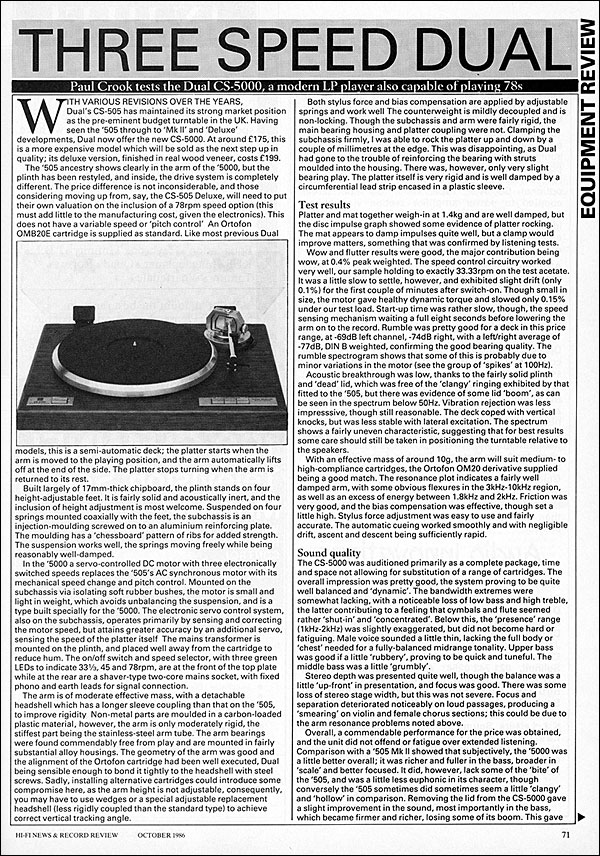
With regards to the headshell options available for the deck, the VTA adjustment on the special version is a neat trick, but the lack of rigidity compared to the other designs does bring a slight looseness to the bass. By all means add one to your CS 5000 for its collectability value, but better sound is available from the standard versions. If you need a new one, the later black version can still be found new, mainly from sellers in Germany.
One final quirk to note is that the deck monitors its speed by measuring the rotation of the motor and not the platter. If the unit thinks the motor is running at the right speed, the circuit will lock and the arm will lower. It is thus possible for the deck to happily run a little too slowly for the first ten minutes or so of operation until it warms up!
Hi-Fi News Verdict
The Dual CS 5000 is a well built and fine performing turntable that offers a sound just like its physical operation – slick and elegant. The original Ortofon cartridge is a good partner, but an upgrade to something more modern really brings the deck's performance to life. For too many years the CS 5000 has lived in the shadow of its more affordable stablemate and its time in the limelight is now long overdue.








